Emily Dickens and Oscar Wilde novels, BBC’s “Victoria” and the latest “Enola Holmes” adaptation on Netflix all remind me of the captivating look of the Victorian period. Its literature and history brims with darkness, mystery and opulence—all the while hinting at the sharp turn of modernism to come in just a few decades.
Most people remember the Victorian Age by the Industrial Revolution, a last glimpse of antiquated society before the Modern Era. However, between the two periods lies the Edwardian era (popularized by books like “Anne of Green Gables”), which was marked by trends like lighter linens, satin sashes, lace bonnets and the iconic prairie-princess puff sleeve.
In contrast, the Victorian Era plays with rich fabrics and jewel undertones, the rise of the corset and women’s lace-up boots—many inspirational points for the “Dark Academia” look resurfacing in 2020. In an attempt to transition my closet with the changing seasons and cold, winter months, I’m tempted to follow this train of luxury and mystery found in one of my favorite literary periods.
I’m tempted to follow this train of luxury and mystery found in [the Victorian Era].
Before I do, I must remember that class and economy play a major factor into the trends spotted in these stories. The somber greys and ash-smeared cottons of T. S. Eliot’s J. Alfred Prufrock or Dickens’ “Oliver Twist” mark the darkness of the working-class Victorian Era we cannot forget. The trends that transcend these images are found in royal households, aristocratic living room backdrops of Wilde’s “Importance of Being Earnest” or Henry James’ “Washington Square”—the birthplace of all fashion trends, perhaps, until the rise of street style in the late 20th century.
With that preface in place, here are my favorite upper-class, Victorian inspirations that I hope to channel in my wardrobe this winter.
Color Status
I’ve always been fascinated with the role of color in symbolism and aesthetics, particularly in the realm of fashion. Rich jewel tones have always symbolized wealth and royalty, and Victorian royal fashion resurrects the incorporation of opulent colors in luxe fabrics.
On BBC’s “Victoria,” the woman playing Queen Victoria can be seen sporting capelets, gowns and robes in tones of teal, red, gold or purple for public ceremonies and events, exuding vibrance and power. Beneath these touches, however, are often shades of ivory and white, highlighting her youthful beauty and purity as a newly coronated queen.
Mixing neutrals with bright colors has been a major component in my own wardrobe, and it makes for an excellent transition between seasons. For winter, I love my nudes and camels in staples such as sweaters and coats. Yet, I won’t be afraid to add a pop of color with accessories and accent pieces.
I won’t be afraid to add a pop of color with accessories and accent pieces.
Neckline Accents
Proof that off-the-shoulder isn’t a “New Age” trend is the amount of bare collarbone and shoulder we can see in Victorian women’s ball gowns and evening wear. It’s a perfect canvas for an heirloom necklace or gemstone earrings, opulent statement jewelry that marked status and wealth for upper-class women.
A woman’s collarbone is one of her most subtly provocative areas—yet it shows off just the right amount of tasteful skin. Even one of Western fashion’s most restrictive eras knew how to play around. Off-the-shoulder tops and blouses that highlight my collar bone make me instantly feel flirty and feminine. Paired with casual jeans, it can pull off that effortless first-date look without much extra help.
Intricate Details
Lace embroidery, satin sashes and scalloped trim—Victorian ladies knew how to embellish, and they loved making a statement. Their blouses—puff-sleeved, high-collared, bow-tied and layered in lace ruffles—draw attention to your top half and create a put-together, elegant feel.
In its modern revival, I love pairing preppy, flouncy blouses with more fitted and tailored skirts, trousers and jeans. Layering sleeves over a dressy blouse can end up looking bulky. A fun way to vamp it up is pairing it under a loose camisole or sweater vest, letting the details (collar, sleeves and cuffs) peek out. Sometimes, adding a sharp, contrasting color and turning details into an accent is the best way to highlight their subtle features.
Adding a sharp, contrasting color and turning details into an accent is the best way to highlight their subtle features.
To add some Victorian-inspired touches (in line with the equestrian-inspired, dark academia vibe that’s currently taking over social media), finish off with lace-up heeled ankle boots and dark, fitted bottoms—like leather riding pants or cuffed skinny jeans. Victorian Era women weren’t afraid to go all out, but for a modern, everyday look, one statement piece is enough to add nuance and intrigue.
What fashion trends do you appreciate from the Victorian Era? What time period influences your style the most?
Image via Jason Barbagelott, Darling Issue No. 15
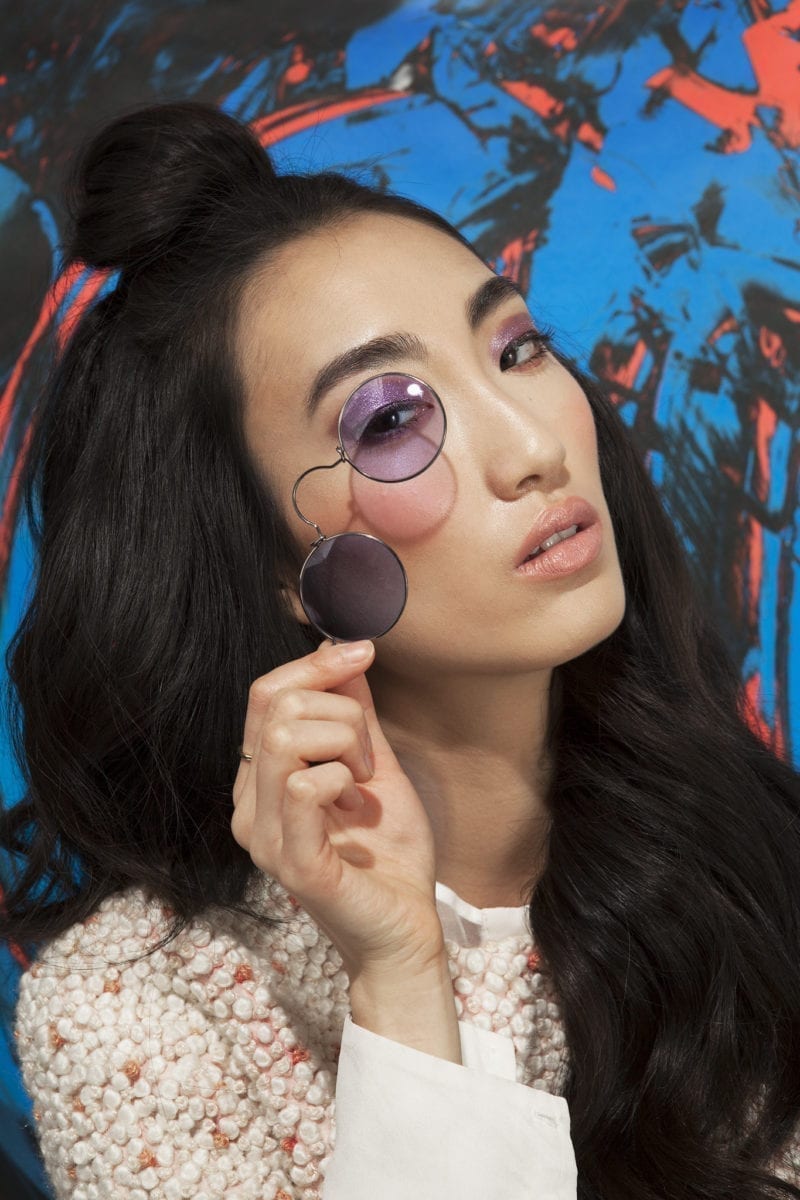

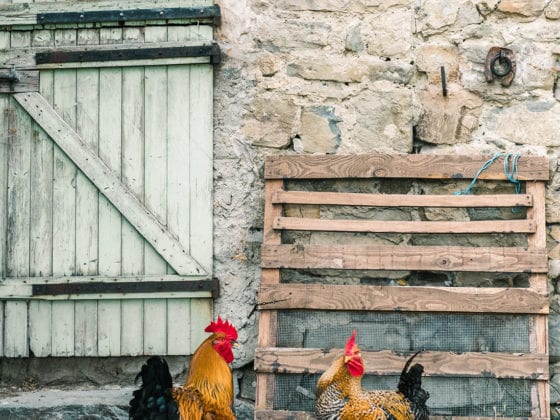
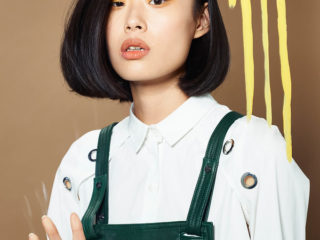
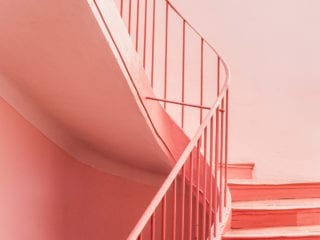
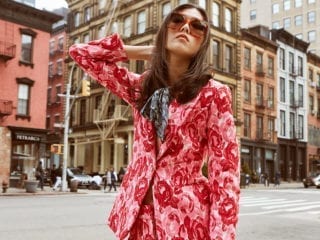
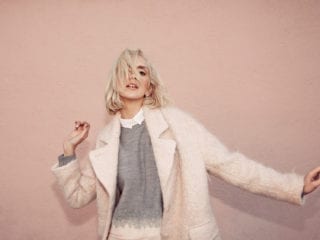
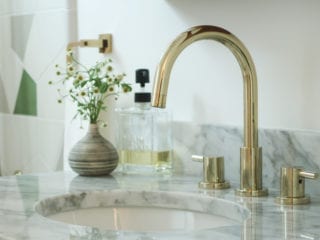
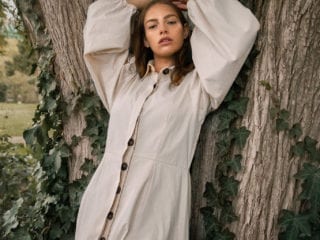
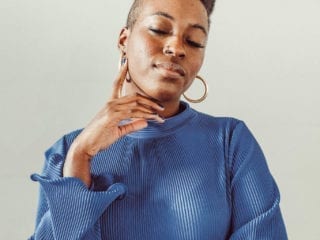
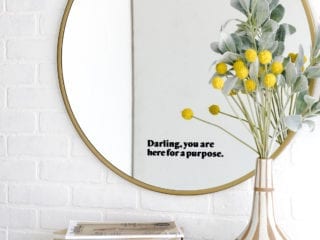
1 comment
Would love to see more photos on this topics